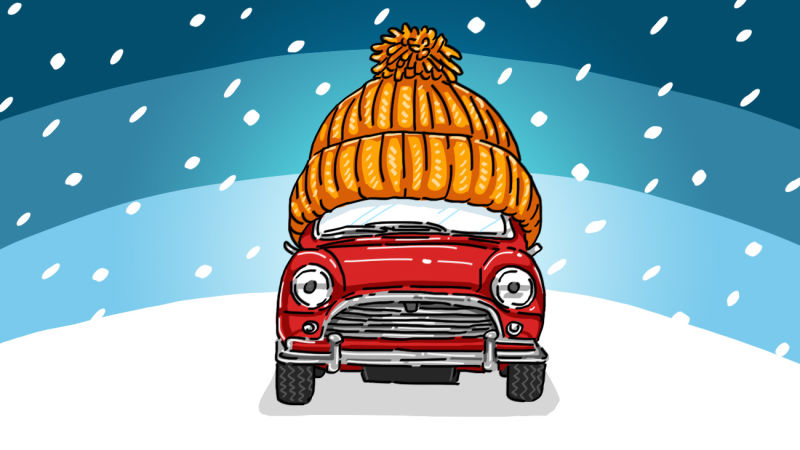
How to prepare your car for winter driving
You must prepare your car in preparation for driving it in the winter. Unless you live in an area of the world where the temperature difference between winter and summer weather is very slight.
It is very important to prepare your car for winter driving, as its difficult conditions may increase the demand for certain parts of the car and its equipment more than other seasons. Any neglect or failure to make these preparations may have serious consequences that may threaten or take your life.
Prepare your car for winter driving based on the worst weather conditions expected in your area . Winter will find the weak points in your car that you neglected if you do not complete your car maintenance.
See also all car care materials
Check the antifreeze .
Cooling equipment settings that are not properly adjusted will cause overheating due to freezing. You must completely empty the cooling system by fall, that is, before the first frost. You must check the system and ensure that it is free of any leaks before pumping new refrigerant gas into it.
If you have a parking space for your car, keep it in it
The parking will protect your car's paint from difficult winter conditions, protect its windshield from ice formation, and protect the car's central heating system from any possible external leakage of fluids or water that may form as a result of frost.
Make sure your heating system is fully functioning, that its core is not leaking any fluids, and that the fan is set. Also check the window defrost system.
Check the front windshield wipers and replace them if they are worn out or stiff . Change the windshield washer fluid with an anti-freeze type.
Inspect the car's electrical system, especially the battery, and check the battery recharging equipment if you have to do so.
Winter increases the consumption of the car's charging system.
Expect your car's circular tires to turn into squares if you park the car for a fairly long period of time (for example, an entire night).
The warm air in the tire will rise from the bottom to the top. During the time it takes for the air inside the tire to cool, the bottom of the tire will become flat. Once you start driving, air will return to flow into the tire. But start driving slowly and avoid excessive speed at first. Ask specialists in the field about snow tires and chains.

اترك تعليق او سؤال